Runes Protocol: Pioneering the Evolution of Fungible Tokens on Bitcoin
Discover how Runes Protocol is innovating on top of Bitcoin, enabling new fungible tokens and assets. Learn about ordinals, runestones, etching, and more in this comprehensive guide.

Bitcoin enthusiasts have a reason to be thrilled with the new mainnet launch of Runes, which could very well be among the most significant Trojan horses in the crypto space. What we mean by that is that this could be the catalyst for a new Bitcoin narrative where bitcoin-based fungible tokens form a completely new ecosystem for all who want to launch tokens. Let's dive in...
What Is Bitcoin Runes?
For those unfamiliar with Bitcoin Runes, let's take a moment to understand this innovative concept.
Initially, the Bitcoin blockchain, launched in 2009, was designed to support only its native cryptocurrency, Bitcoin. However, early in 2023, a significant innovation changed the Bitcoin landscape: 'Ordinals'.
A fascinating aspect of Bitcoin to say the least, as they were discovered, not invented, as stated by Casey Rodarmor, the mind behind both Runes and Ordinal Theory.
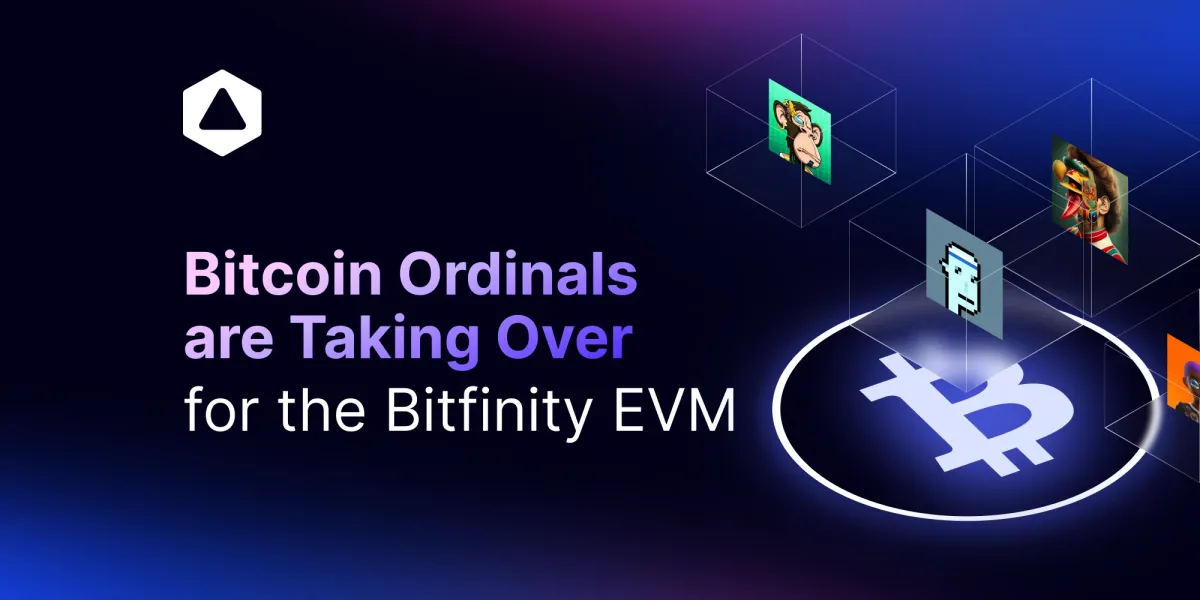
Difference Between Fungible and Non-Fungible
To understand Runes, we need to understand the term 'fungible,' which refers to items where one unit is interchangeable with another, similar to the US dollar. Where each dollar bill has a unique serial number, in everyday transactions, we don't care about which specific bill's serial number is on the paper.
Non-fungible items, on the other hand, are unique entities where the individual characteristics do matter, such as diamonds. Where each diamond is unique, possessing its own size, clarity, and grade, making no two diamonds identical, or making them non-fungible.
Ordinal Theory
The Ordinal theory applies to fungible tokens such as Runes. While Runes are likened to dollar bills in their fungibility, they can also be numbered in sequence, creating a gray area between being fungible and non-fungible.
By defining an input-output ordering for Runes, each one can be uniquely identified, thus allowing for a form of ordinal categorization. However, this does not change the fact that Runes are fundamentally fungible, meaning they can be exchanged on a one-to-one basis for another Rune of the same type.
Technical Side of Runes
Bitcoin operates on a UTXO (unspent transaction outputs) model. This might sound complex, but it simply means that each Bitcoin transaction has inputs and outputs, but new Bitcoin cannot be created out of thin air.
Within Ordinal Theory, Satoshis—the smallest unit of Bitcoin—are sequentially numbered based on the order they were mined and moved in a FIFO (first in, first out) sequence. These numbers, known as ordinals, create a numeric namespace for Bitcoin, allowing for precise tracking and transfer of individual Satoshis.
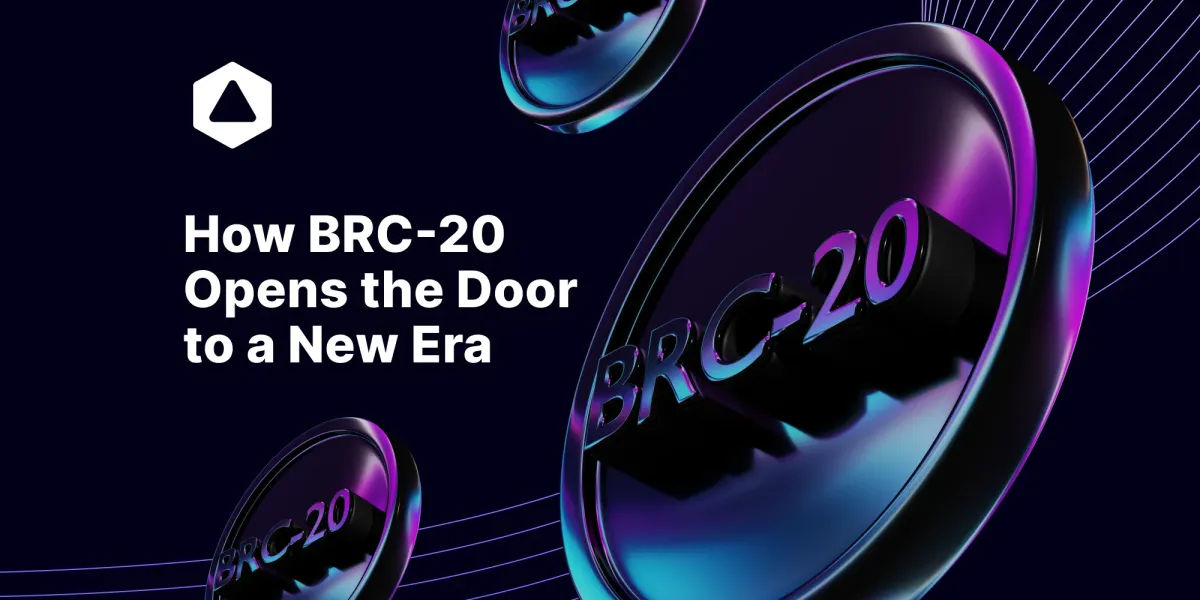
Following this, a new token standard, BRC20, enabled bitcoin-based fungible cryptocurrencies. Despite its innovative nature, BRC20 faced criticism for congesting the network. Responding to these concerns, Casey Rodarmor introduced Runes in late 2023.
Runes facilitates the development of fungible cryptocurrencies on Bitcoin while addressing BRC20's inefficiencies.
Runes vs BRC-20
Runes promises numerous enhancements over BRC-20, aiming to provide a more streamlined and secure experience:
- Transaction Efficiency: Runes require only a single transaction for all operations, unlike BRC-20, which necessitates multiple transactions for deployment, minting, and claiming.
- Implementation and Extensibility: BRC-20 suffers from limited protocol extensibility and lacks a reference implementation index or wallet, whereas Runes will include these features and can be upgraded through a soft fork.
- Independence from Ordinal Theory: BRC-20 depends on ordinal theory for transfers, complicating its implementation. Runes, however, are self-contained and do not rely on ordinals or inscriptions.
- Token Identification: Runes allow for longer token characters (up to 28), as opposed to BRC-20's limitation to four. Moreover, Runes restrict token characters to the alphabet, which minimizes spoofing risks.
- Security Advantages: The BRC-20 protocol is susceptible to attacks that can lock token balances, a vulnerability absent in Runes.
- UTXO-Based System: Runes is based on the UTXO set, sharing similarities with SRC-20 rather than BLC-20, and the supply is linked to a particular UTXO, enabling it to represent varying quantities of runes.
Difference Runes and Other Fungible Token Standards
Runes differ from other fungible token standards primarily by tying token balances to UTXOs rather than accounts. This approach eliminates the need for transfer inscriptions, as users can send a UTXO with an assigned rune balance directly to others.
Inscriptions vs. Traditional NFTs
Inscriptions on Bitcoin differ fundamentally from typical Ethereum or Solana NFTs. Most NFTs link to a JPEG hosted externally, meaning if the hosting company fails, the linked image could be lost. In contrast, inscriptions on Bitcoin are immutable and do not rely on external hosting, providing a more secure and permanent form of digital artifact.
Runes Protocol enables Bitcoin transactions to feature advanced capabilities such as etching, minting, and transferring Bitcoin-native digital commodities. It incorporates Rune protocol messages, which seem to function similarly to the messages you might attach to transactions on platforms like Coinbase or Binance for verification purposes.
How Does Etching Work in Runes Protocol?
In the context of Runes Protocol, etching is akin to minting. It's the process by which new Runes come into existence. An important aspect to note here is the uniqueness enforced in the naming of these tokens. Once a name or ticker is etched, it cannot be used again, much like domain names. This feature adds a layer of exclusivity and can prevent duplication or confusion.
Benefits of Inscribing Data on the Bitcoin Blockchain
Inscribing data on the Bitcoin blockchain presents numerous benefits due to the inherent qualities of Bitcoin itself. This includes its immutability, decentralization, and robust security.
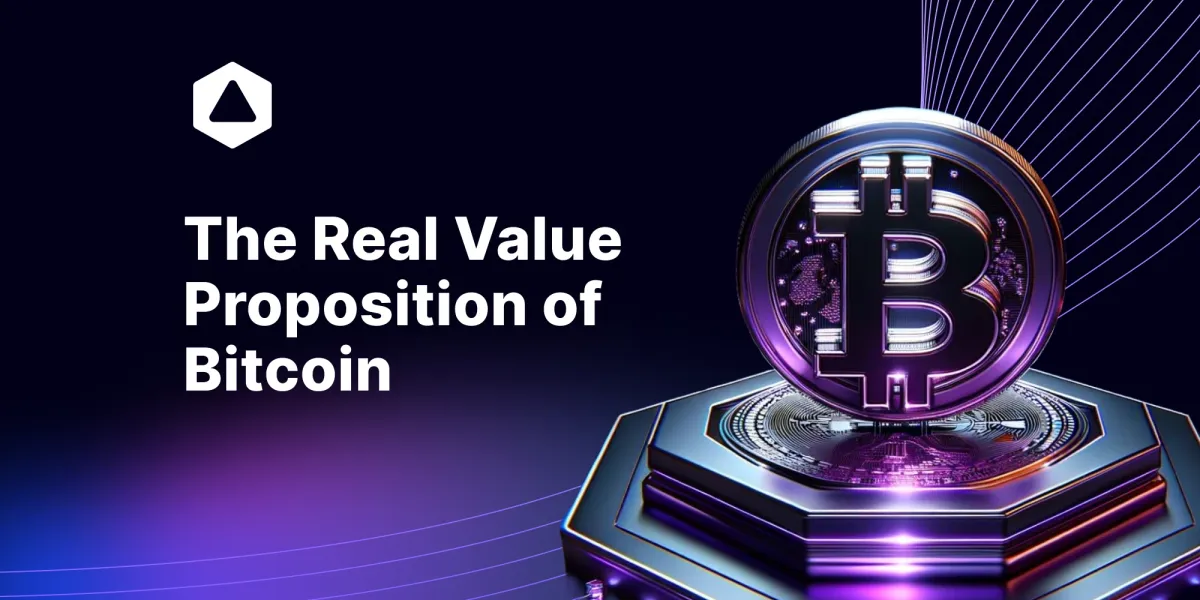
With these features, any type of data – music, games, videos, or digital collectibles like Wu-Tang's Ghostface Killah's 10K collection – can become what are known as digital artifacts.

These inscriptions are designed to last until the end of time, effectively making them the evolved form of NFTs that they originally aspired to be.
Timeline Runes Protocol
Runes Protocol was launched at block 840,000, which coincided with the Bitcoin halving of April 20th.
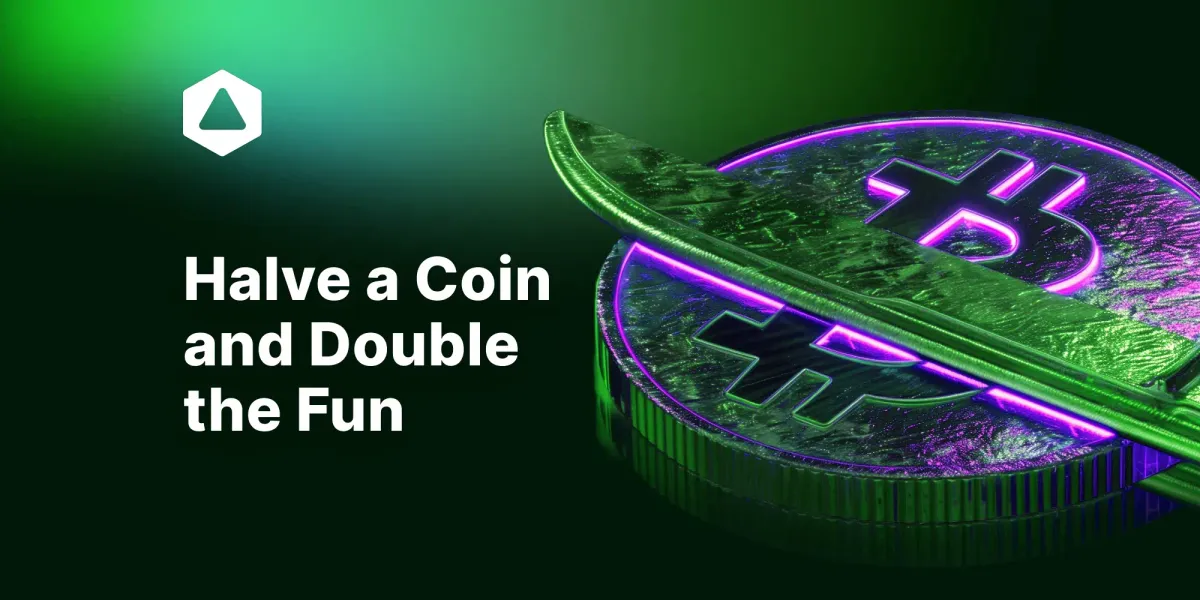
The reasoning behind was that the halving event, which reduced miners' block rewards, could lead to increased reliance on transaction fees for network security and Runes could play a role in generating demand for block space and driving up transaction fees, thereby helping to secure the network.
The timing of the Runes launch is seen as intentional due to the creator's own statements regarding the interplay between Runes and the Bitcoin Halving.

Fees
The growing excitement surrounding Runes has resulted in an increase in transaction fees on the Bitcoin network.
The average transaction fee, based on a 7-day moving average, has risen from $4.11 earlier in the month to $12.17 currently. Although these fees are still relatively low compared to the peak observed during the Ordinals hype in December, they have surpassed the fees on the Ethereum network.

How Can You Get Started with Runes NFTs?
Setting Up a Wallet
To get involved with Bitcoin ordinals and Runes NFTs, the first step is to set up a wallet that supports these features. While some initially made the mistake of setting up an ordinary wallet, they learned that for most mints and marketplaces, like Magic Eden, other wallet options are necessary. It will become possible to use our very own Bitfinity wallet for getting into Runes.
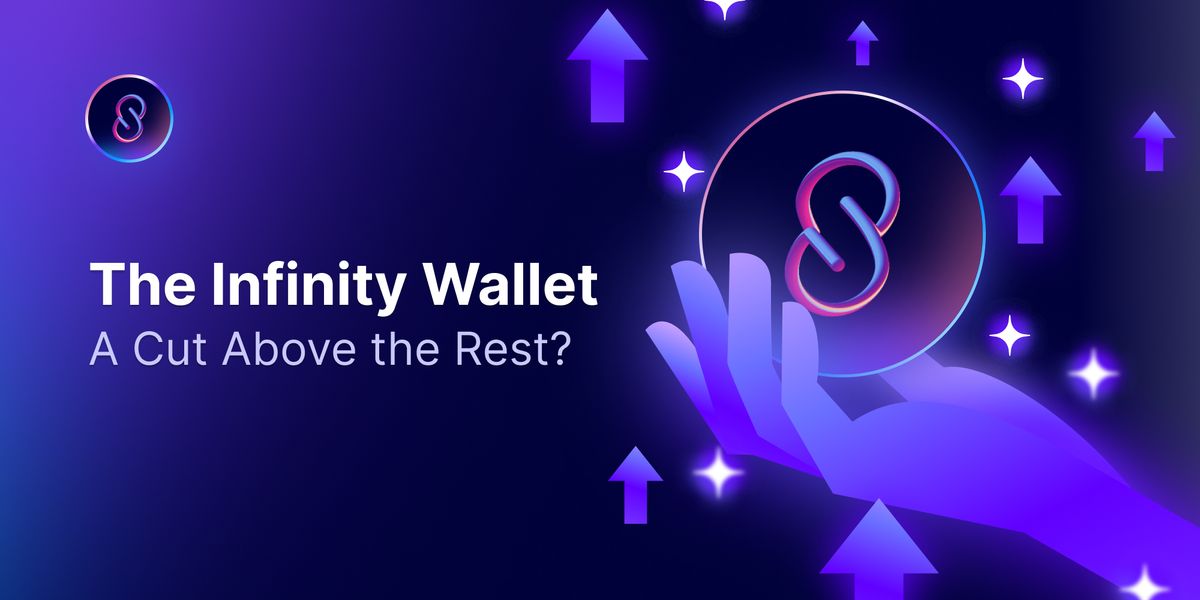
Uniswap XE, Magic Eden, and OKX are also recommended choices, where you could import your ordinals wallet and start participating in the ecosystem.
Funding Your Wallet
Once you've set up your wallet, you'll need to fund it with Bitcoin to be ready for purchasing NFTs. However, some wallets might not be recognized by major exchanges. Therefore, finding an easy way to exchange and transfer Bitcoin to your chosen wallet is crucial.
From Runes to Bitfinity ...🚀
Runes and Bitfinity present a more than intriguing combination for tokenization on Bitcoin. While Runes enables a new level of inscriptions and token issuance directly on the Bitcoin blockchain, Bitfinity provides the infrastructure and scalability to support this innovation.
Bitfinity's technology allows seamless integration of Ethereum-based DeFi protocols like Uniswap with the Bitcoin blockchain, unlocking new possibilities for the merging of two of the biggest blockchains: one known for its Dapps and common coding language, and the other known for its significant liquidity. All of this lays the foundation for decentralized finance on an unprecedented scale.
Additionally, Bitfinity has developed the Ord-RS Rust library with tools such as a transaction builder, signer, and parser to facilitate working with Runes and Ordinal inscriptions in the Bitfinity wallet. This powerful synergy could reshape how we interact with and build on top of Bitcoin.
Advantages of the Runes Protocol
According to one of the Bitcoin ETF issuers with billions in AUM, Franklin Templeton Digital Assets outlines several improvements offered by the Runes protocol. These include:
- Elimination of Junk UTXOs: Unlike the BRC-20 standard, the Runes protocol addresses the issue of junk UTXOs, reducing network bloat and minimizing transaction fees.
- Independence from Off-Chain Data: Runes tokens operate independently from off-chain data, enhancing the efficiency and reliability of transactions.
- Absence of Additional Tokens: Unlike other token standards, Runes does not require the creation of additional tokens, simplifying the token ecosystem and reducing complexity.
- Enhanced Privacy: The Runes protocol incorporates enhanced privacy features, ensuring the confidentiality and security of transactions.
- Compatibility with the Bitcoin Lightning Network: Runes tokens are designed to be compatible with the Bitcoin Lightning Network, enabling faster and more scalable transactions.

Regulatory Attention from Entities Like the SEC
The introduction of Runes and their potential to create a new wave of digital assets could certainly draw the attention of regulatory bodies like the Securities and Exchange Commission (SEC).
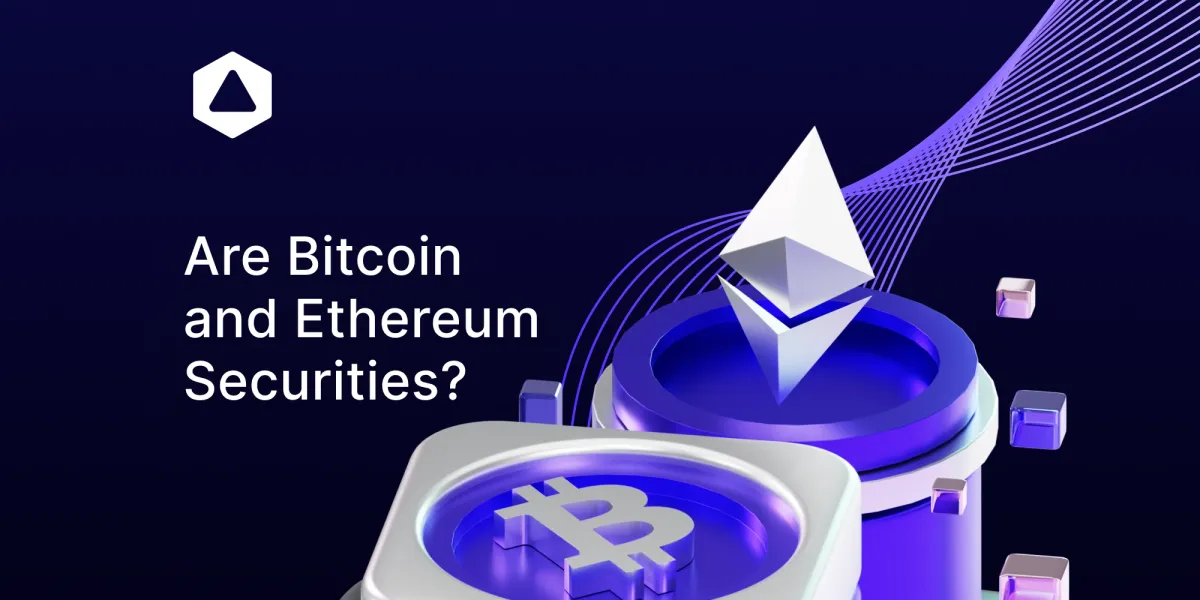
If Runes are perceived as unregistered securities, there is a risk that the SEC could intervene, as it has done in the past with other cryptocurrency projects. The balance between innovation and compliance will be a delicate one for the creators and promoters of Runes to navigate. Luckily for us these regulators are too slow and contradict themselves in all ways possible.
Conclusion - More than Meme Coins and DeGens
Runes Protocol has been described by some as a "meme coin casino" due to its appeal to a particular segment of the crypto community known as "degens", who engage in high-risk, high-reward investments.
However, the protocol's underlying technology extends beyond that characterization. It enables balances to be stored in UTXOs and locked in HTLCs, which has the potential to significantly enhance transaction speeds on the Bitcoin network, possibly rivaling networks like Solana in speed.
Runes has the potential to reshape the cryptocurrency landscape by introducing new forms of liquidity and attracting mainstream attention. With the backing of Bitfinity's infrastructure, the Runes protocol could be seen as the pinnacle of innovation in this cycle.

Connect with Bitfinity Network
Bitfinity Wallet | Bitfinity Network | Twitter | Telegram | Discord | Github

*Important Disclaimer: While every effort is made on this website to provide accurate information, any opinions expressed or information disseminated do not necessarily reflect the views of Bitfinity itself. The information provided here is for general informational purposes only and should not be considered as financial advice.





Comments ()